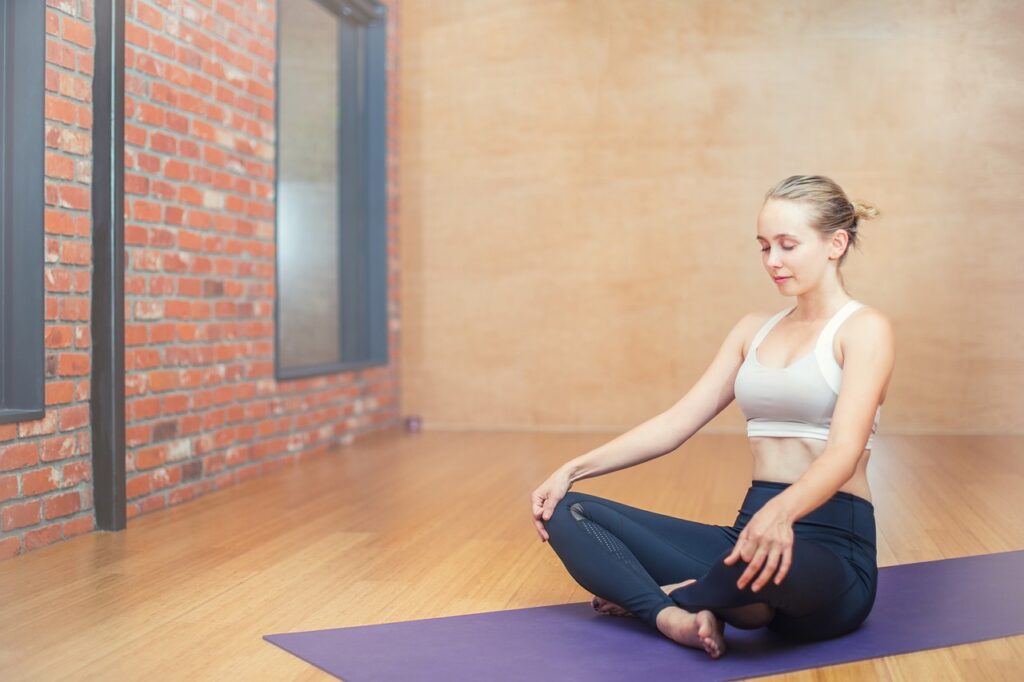The benefits of mindfulness and meditation for students

Mindfulness and meditation are practices that have been gaining popularity in recent years as a way to improve overall well-being. For students, these practices can be especially beneficial in helping to reduce stress, improve focus and concentration, and enhance academic performance. In this article, we will explore the many benefits of mindfulness and meditation for students and how they can incorporate these practices into their daily routine.
Table of Contents
What is Mindfulness and Meditation?
Mindfulness is the practice of being present and fully engaged in the current moment, without judgment. It is about paying attention to our thoughts, feelings, and physical sensations in a non-judgmental and open way. Meditation, on the other hand, is a technique used to train the mind to focus and achieve a mentally clear and emotionally calm state. Together, mindfulness and meditation are powerful tools that can help students to manage stress and improve overall well-being.
Benefits of Mindfulness and Meditation for Students
Research has shown that mindfulness and meditation can have a range of benefits for students. These include: -Reducing symptoms of anxiety and depression
- Improving attention and focus
- Enhancing self-awareness and self-regulation
- Improving sleep quality
- Increasing emotional regulation
- Improving memory and learning
- Increasing feelings of compassion and empathy
Incorporating Mindfulness and Meditation into Daily Routine
One of the best things about mindfulness and meditation is that they can be practiced by anyone, at any time, and in any place. There are many different ways to incorporate these practices into a daily routine, such as through simple breathing exercises, guided meditations, yoga, or tai chi. Additionally, students can incorporate mindfulness practices into their daily routines, such as paying attention to their thoughts and emotions during the day, or taking a few minutes to simply be present in the moment.
Tips for getting started
Getting started with mindfulness and meditation can be challenging, but with a little guidance, it can be easy to incorporate these practices into daily routine. Here are a few tips to help students get started:
- Start small: Begin with just a few minutes of mindfulness and meditation each day and gradually increase the time as they get comfortable.
- Find a quiet place: Find a quiet place where they can practice mindfulness and meditation without distractions.
- Make it a habit: Incorporate mindfulness and meditation into their daily routine and make it a habit.
- Be patient: Mindfulness and meditation take time to show their benefits, so encourage your students to be patient and stick with it.
In conclusion, mindfulness and meditation are powerful tools that can help students to manage stress, improve focus and concentration, and enhance overall well-being. Encourage your students to explore these practices and find the methods that work best for them. With regular practice, they will be able to experience the many benefits of mindfulness and meditation for themselves.
FAQ’s
How do I start practicing mindfulness and meditation?
Starting to practice mindfulness and meditation can seem overwhelming, but it doesn’t have to be. Begin with just a few minutes of mindfulness and meditation each day, and gradually increase the time as you get comfortable. You can start with simple breathing exercises or guided meditations, as well as yoga or tai chi. Additionally, try incorporating mindfulness practices into your daily routine, such as paying attention to your thoughts and emotions during the day, or taking a few minutes to simply be present in the moment.
How long does it take to see the benefits of mindfulness and meditation?
It varies from person to person, some people may start noticing the benefits within a few weeks of regular practice, while for others, it may take longer. However, it is important to note that mindfulness and meditation are not a quick fix and it requires regular practice to see the benefits.
What are some good mindfulness and meditation apps for students?
There are many mindfulness and meditation apps available, some popular ones are Headspace, Calm, Insight Timer, and Stop, Breathe & Think. These apps offer a variety of guided meditations, mindfulness exercises, and other resources to help students get started with mindfulness and meditation.
How can I incorporate mindfulness and meditation into my daily routine?
There are many different ways to incorporate mindfulness and meditation into your daily routine. You can try simple breathing exercises or guided meditations, as well as yoga or tai chi. Additionally, you can incorporate mindfulness practices into your daily routines, such as paying attention to your thoughts and emotions during the day, or taking a few minutes to simply be present in the moment.
Can mindfulness and meditation replace traditional therapy or medication for mental health issues?
It is not recommended to replace traditional therapy or medication with mindfulness and meditation, as they are not a substitute for professional treatment. However, mindfulness and meditation can be used as a complementary treatment to traditional therapy and medication, to enhance its effects.
How can mindfulness and meditation be used in the classroom or academic setting?
Mindfulness and meditation can be used in the classroom or academic setting by teaching students mindfulness techniques to help them focus, reduce stress and anxiety, and improve overall well-being. Teachers can incorporate mindfulness exercises into their lessons or create dedicated mindfulness sessions. Additionally, schools can offer yoga or meditation classes, or provide resources for students to practice on their own.
